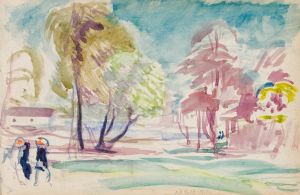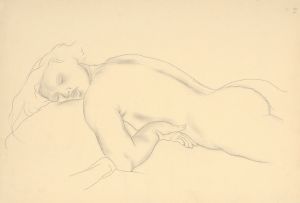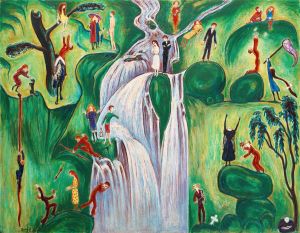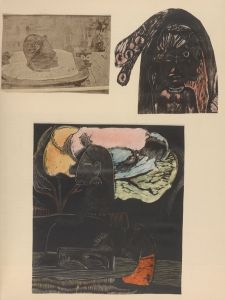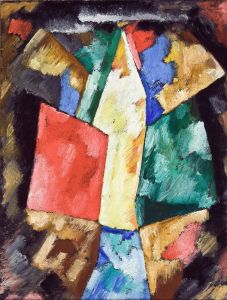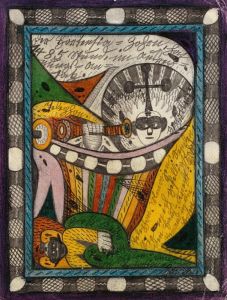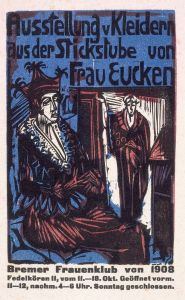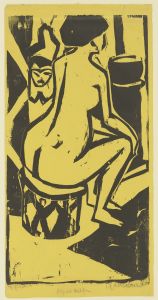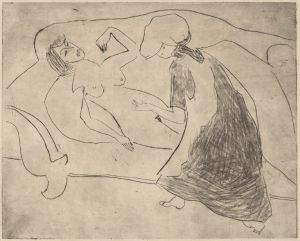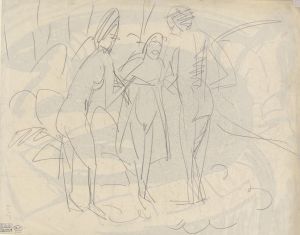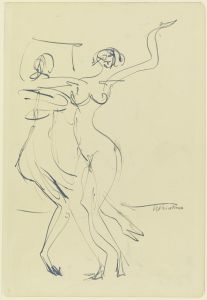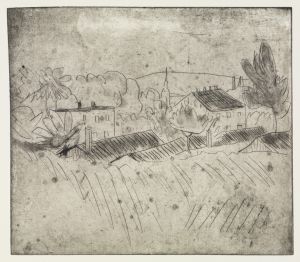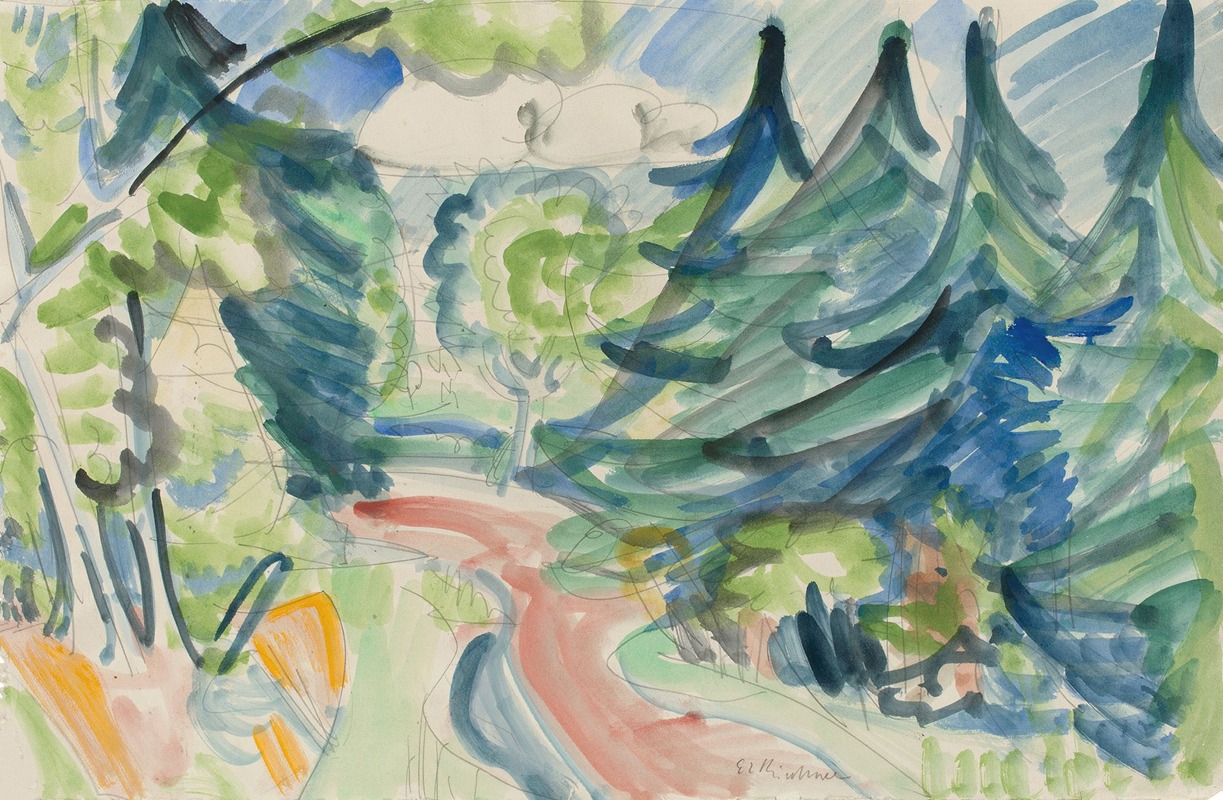
Waldstraße im Taunus
A hand-painted replica of Ernst Ludwig Kirchner’s masterpiece Waldstraße im Taunus, meticulously crafted by professional artists to capture the true essence of the original. Each piece is created with museum-quality canvas and rare mineral pigments, carefully painted by experienced artists with delicate brushstrokes and rich, layered colors to perfectly recreate the texture of the original artwork. Unlike machine-printed reproductions, this hand-painted version brings the painting to life, infused with the artist’s emotions and skill in every stroke. Whether for personal collection or home decoration, it instantly elevates the artistic atmosphere of any space.
Ernst Ludwig Kirchner, a prominent German expressionist painter and one of the founding members of the art movement Die Brücke (The Bridge), created the painting Waldstraße im Taunus (Forest Road in the Taunus). This work reflects Kirchner's characteristic style, which is marked by bold colors, dynamic compositions, and a focus on emotional expression over realistic representation.
The painting depicts a forest road in the Taunus region, a low mountain range in Hesse, Germany. The Taunus area is known for its natural beauty, with dense forests and winding paths, which may have inspired Kirchner during his travels or stays in the region. The artwork captures the essence of the landscape through Kirchner's unique expressionist lens, emphasizing the interplay of nature and human perception. The use of vibrant, non-naturalistic colors and exaggerated forms is typical of Kirchner's approach, aiming to evoke a deeper emotional response rather than a literal depiction of the scene.
Kirchner's works often reflect his interest in the relationship between humans and their environment, and Waldstraße im Taunus is no exception. The painting likely belongs to a period when Kirchner was exploring themes of nature and its transformative impact on the human spirit. His style during this time was heavily influenced by the principles of Die Brücke, which sought to break away from traditional academic art and embrace a more raw, primal aesthetic.
The exact date of creation for Waldstraße im Taunus is not definitively documented, but it is consistent with Kirchner's broader body of work from the early 20th century. This period was marked by his experimentation with form, color, and perspective, as well as his deep engagement with the landscapes and urban scenes of Germany and Switzerland.
As with many of Kirchner's works, Waldstraße im Taunus reflects the artist's personal struggles and his response to the rapidly changing world around him. Kirchner's life was deeply affected by the events of World War I, his subsequent mental health challenges, and his eventual relocation to Switzerland. These experiences shaped his artistic vision and are often evident in the emotional intensity of his paintings.
Today, Ernst Ludwig Kirchner is regarded as one of the most important figures in German expressionism, and his works are celebrated for their innovative approach and profound impact on modern art. Waldstraße im Taunus is a testament to his ability to transform ordinary landscapes into powerful expressions of mood and emotion. The painting is held in high regard and is part of the broader appreciation of Kirchner's contributions to 20th-century art. Further details about its current location or provenance are not readily available.





